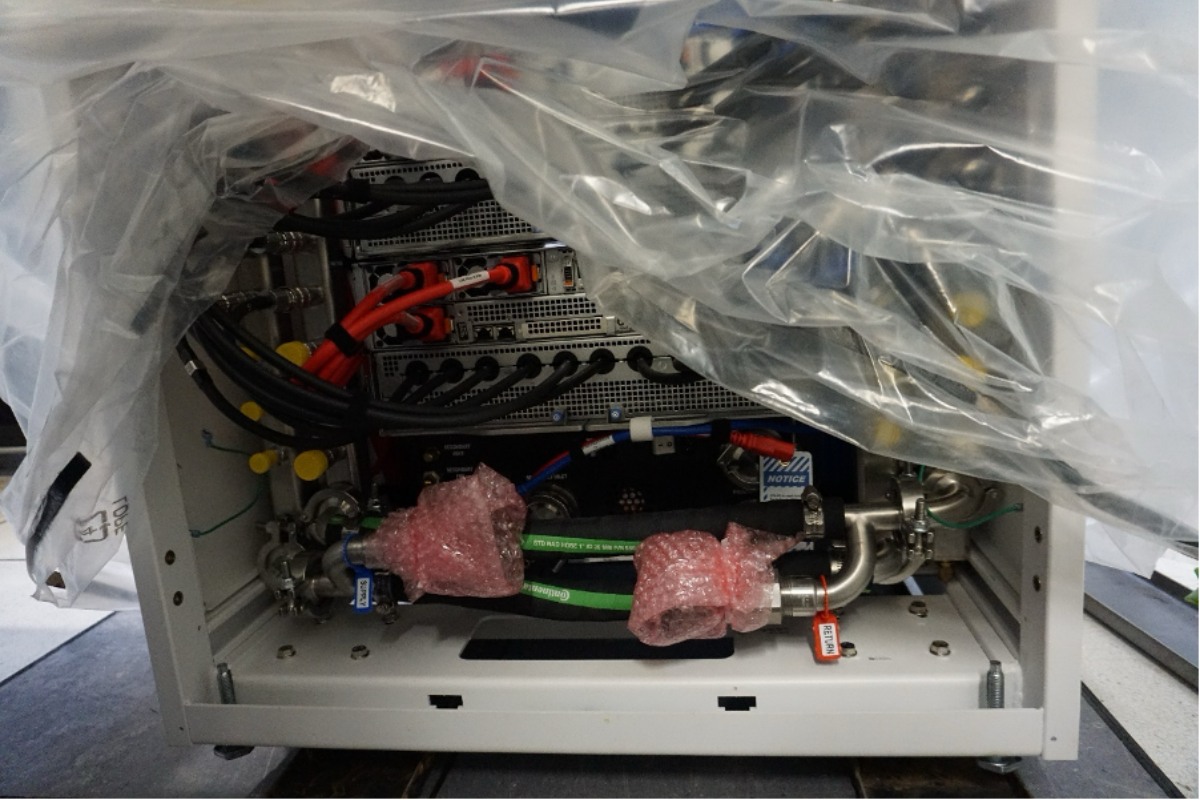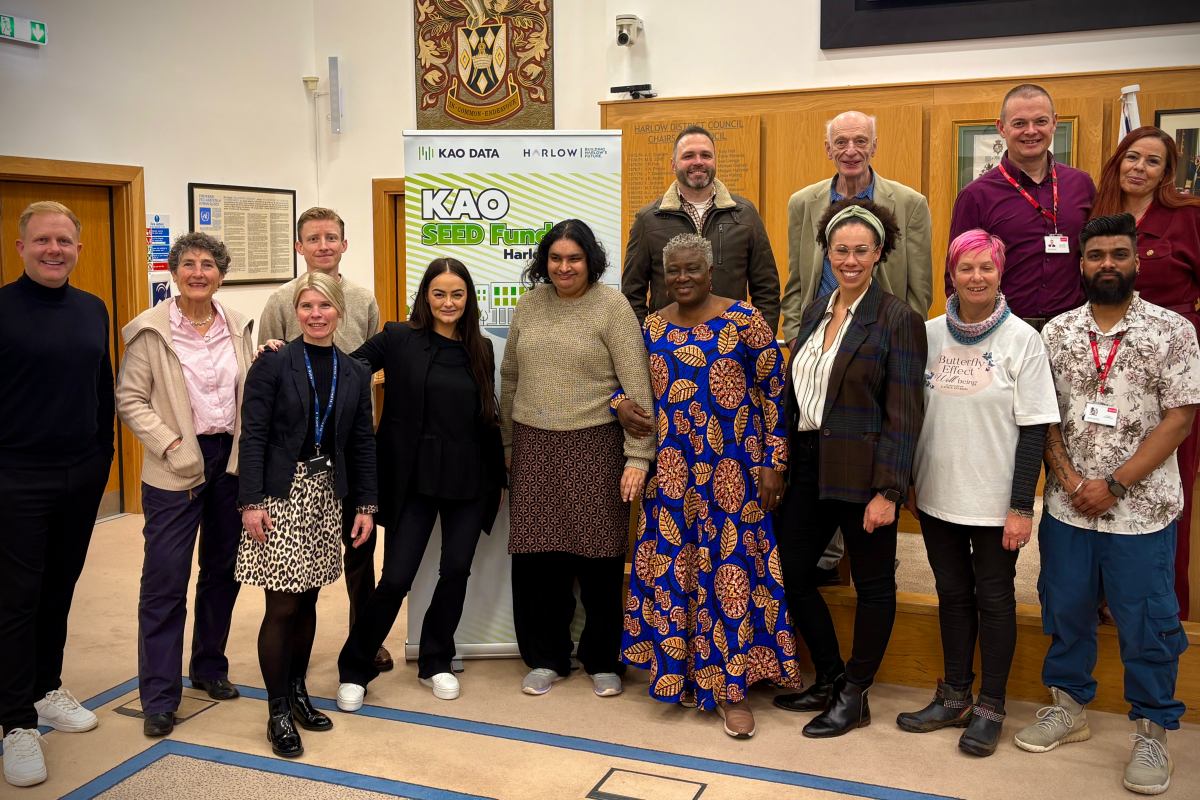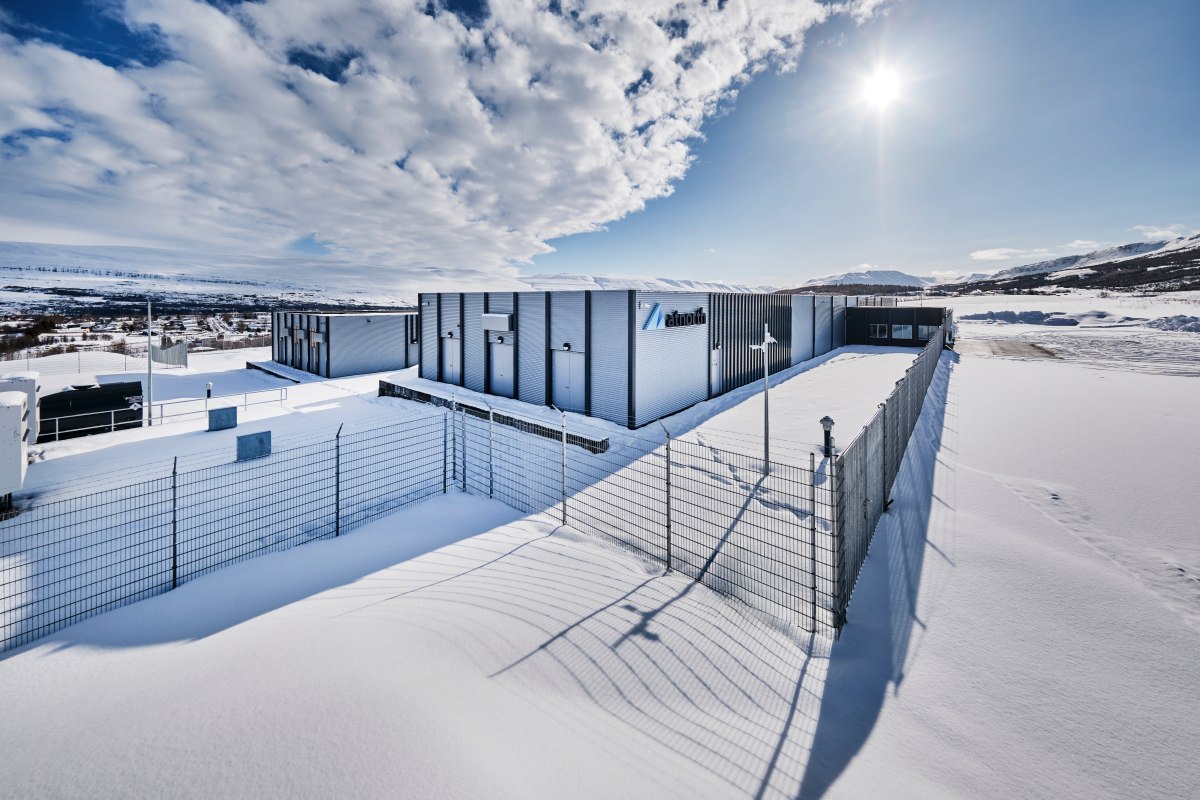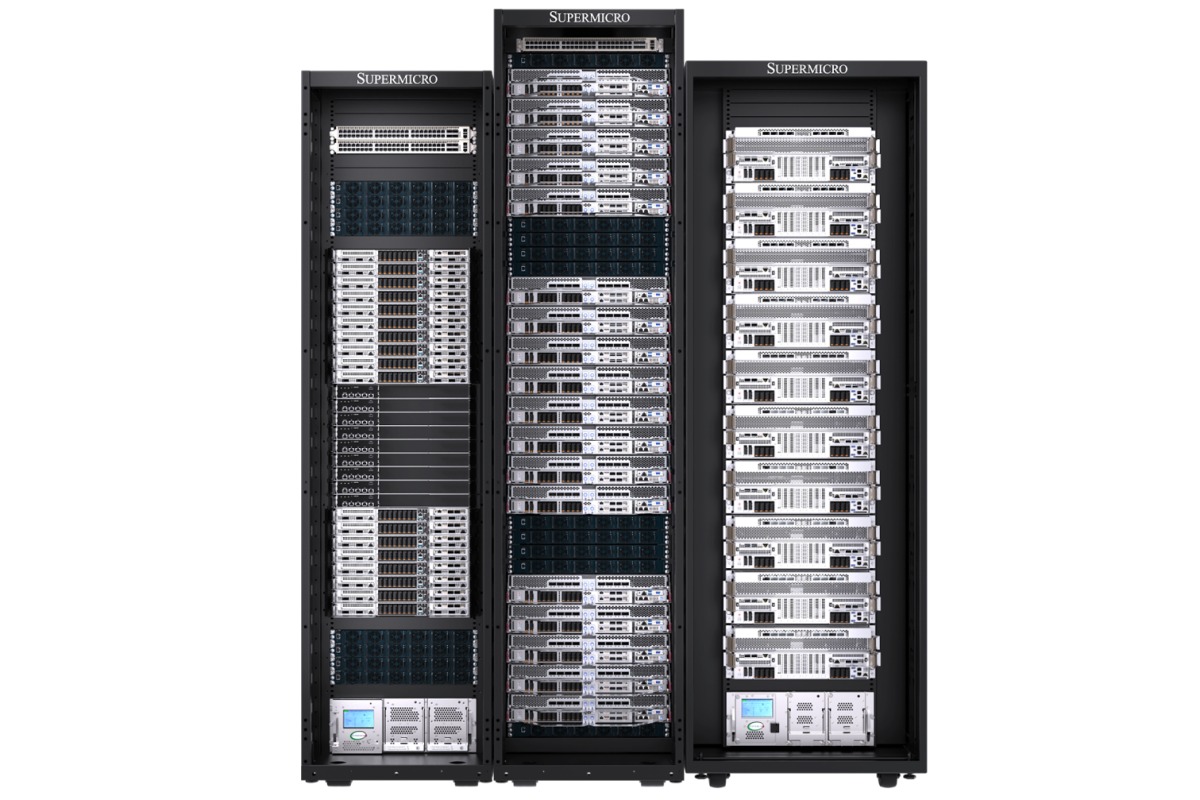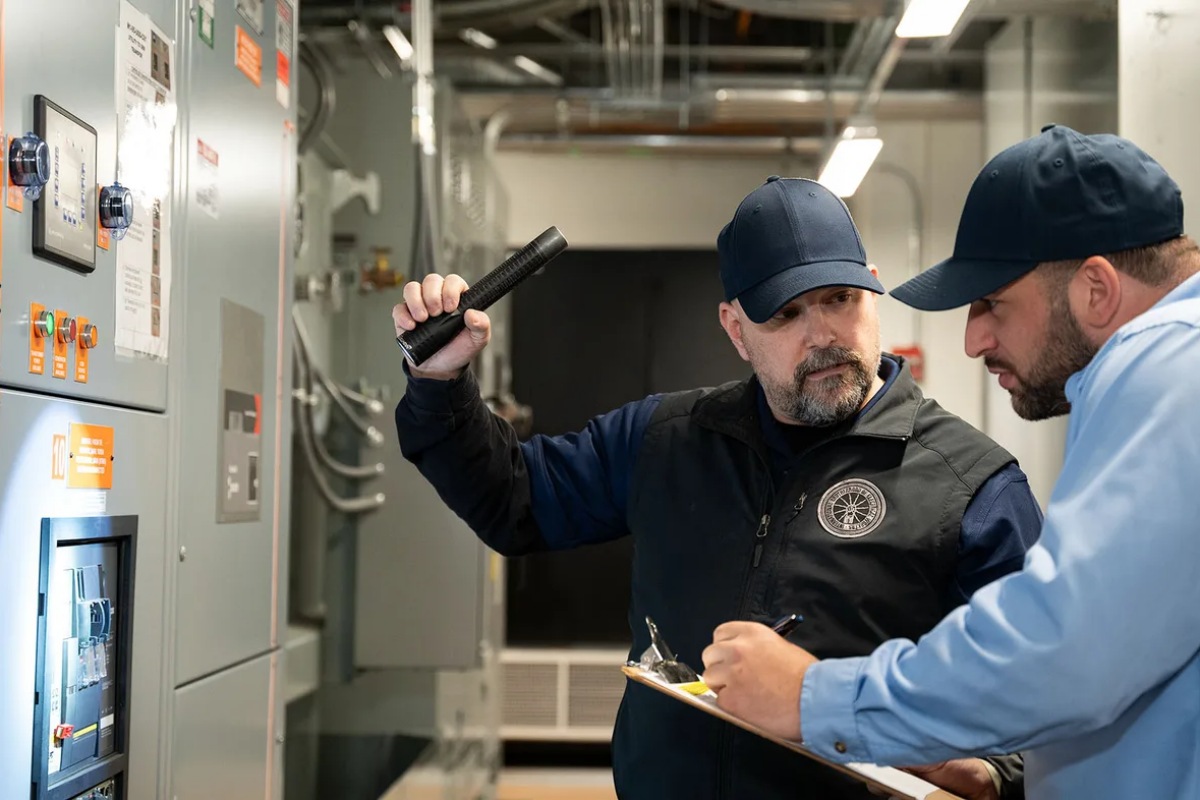19 December 2025
Enecom upgrades data storage with Infinidat's InfiniBox
Enecom upgrades data storage with Infinidat's InfiniBox
19 December 2025
AirTrunk expands Japan's hyperscale data centre capacity
AirTrunk expands Japan's hyperscale data centre capacity
18 December 2025
Nostrum details availability of new data centres in Spain
Nostrum details availability of new data centres in Spain
17 December 2025
1547 announces the McAllen Internet Exchange (MCT-IX)
1547 announces the McAllen Internet Exchange (MCT-IX)
Latest News
Data Centre Build News & Insights
Data Centre Operations: Optimising Infrastructure for Performance and Reliability
Data Centre Projects: Infrastructure Builds, Innovations & Updates
Modular Data Centres in the UK: Scalable, Smart Infrastructure
Vertiv, GreenScale to deploy DC platforms across Europe
Data Centre Build News & Insights
Data Centre Business News and Industry Trends
Data Centre Projects: Infrastructure Builds, Innovations & Updates
Insights into Data Centre Investment & Market Growth
InfraRed invests in Spanish data centre platform
Data Centre Infrastructure News & Trends
Innovations in Data Center Power and Cooling Solutions
Liquid Cooling Technologies Driving Data Centre Efficiency
Ireland’s first liquid-cooled AI supercomputer
Data Centre Build News & Insights
Data Centre Business News and Industry Trends
Data Centre Projects: Infrastructure Builds, Innovations & Updates
Insights into Data Centre Investment & Market Growth
Pure DC signs Europe’s largest hyperscale DC lease for 2025
Data Centre Infrastructure News & Trends
Innovations in Data Center Power and Cooling Solutions
Liquid Cooling Technologies Driving Data Centre Efficiency
Products
Motivair by Schneider Electric introduces new CDUs
Data Centre Build News & Insights
Data Centre Projects: Infrastructure Builds, Innovations & Updates
News
Funding for community projects from Kao SEED Fund
Data Centre Build News & Insights
Exploring Modern Data Centre Design
Sustainable Infrastructure: Building Resilient, Low-Carbon Projects
atNorth's ICE03 wins award for environmental design
Data Centre Infrastructure News & Trends
Innovations in Data Center Power and Cooling Solutions
News
ABB, Ark deploy medium voltage UPS in UK
Data Centre Infrastructure News & Trends
Enclosures, Cabinets & Racks for Data Centre Efficiency
Liquid Cooling Technologies Driving Data Centre Efficiency
Products
Supermicro launches liquid-cooled NVIDIA HGX B300 systems
Artificial Intelligence in Data Centre Operations
Data Centre Build News & Insights
Data Centre Operations: Optimising Infrastructure for Performance and Reliability
Data Centre Projects: Infrastructure Builds, Innovations & Updates
Sabey's Manhattan facility becomes AI inference hub



